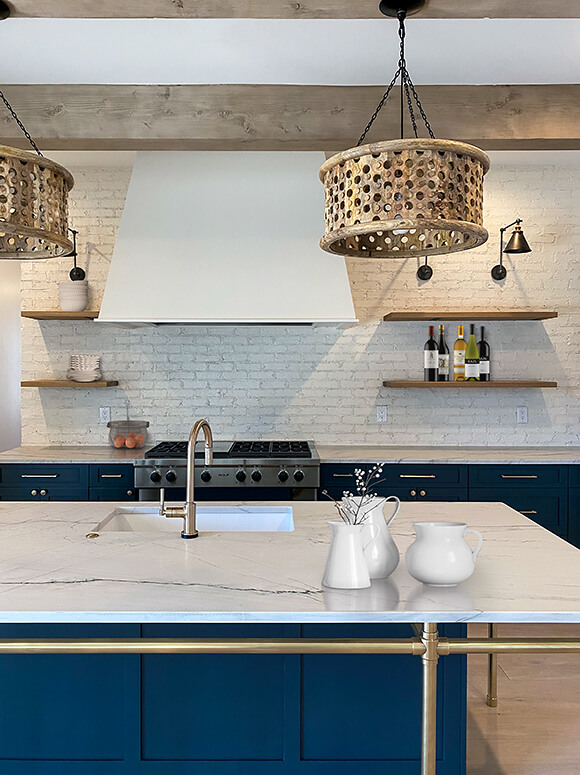Cutting-edge and Trendy Designs in Modern Legs For Kitchen Island Solutions
Cutting-edge and Trendy Designs in Modern Legs For Kitchen Island Solutions
Blog Article
Necessary Aspects to Think About When Choosing Legs For Cooking Area Island
Choosing the suitable legs for a kitchen island includes a mindful assessment of several elements that can substantially influence both functionality and visual charm. Among these, the selection of material plays a critical function in making sure resilience, while the design has to complement the existing design. Factors to consider such as elevation and weight support are vital for security and comfort. As we explore these elements, it comes to be clear that each decision can have significant effects for the general kitchen experience. What subtleties should be taken into consideration in each of these classifications to achieve the ideal equilibrium?
Material Options
When picking legs for a kitchen island, understanding the various material alternatives is essential for accomplishing both visual appeal and structural stability (Legs For Kitchen Island). The option of product significantly influences not just the toughness of the island but also its general layout and performance
Timber is a prominent option, offering heat and adaptability. Solid hardwoods, such as oak or maple, supply toughness and can be stained or repainted to match the kitchen area decor. Metal legs, typically made from stainless-steel or functioned iron, add a industrial and modern feel while making sure resilience and stability. These products are immune to use and can sustain considerable weight, making them suitable for larger islands.
An additional option is crafted products, like MDF or plywood, which can be more cost-effective while still using a variety of surfaces. They may not give the exact same degree of security as solid timber or metal. Legs For Kitchen Island. Materials such as acrylic or glass can develop a contemporary appearance, though they may call for extra support to guarantee stability.
Ultimately, the option of material for cooking area island legs need to align with the desired performance and the total style of the kitchen area.
Design And Style

When considering design, the form and surface of the legs are crucial. Conical legs can give a sense of lightness and elegance, while thicker, more durable legs can share toughness and stability. In addition, the surface-- be it repainted, stained, or all-natural-- ought to complement the cabinetry and counter top products to produce a unified appearance.
Moreover, the style of the legs can likewise mirror individual taste. Custom or attractive legs, such as those featuring complex carvings or special geometric shapes, can function as centerpieces, adding character and personality to the kitchen. Inevitably, the ideal selection will not only enhance capability yet also raise the aesthetic charm, making the kitchen area island a standout feature of the home.
Elevation Considerations
Selecting the ideal height for cooking area island legs is crucial, as it directly affects both performance and convenience. The basic elevation for a kitchen island commonly varies from 36 to 42 inches, aligning with usual counter top heights.

It is additionally essential to make up users' heights and preferences. Tailoring the elevation can guarantee a comfy experience for all relative, making the cooking area island a more pleasurable and useful area.
Weight Support
Ensuring adequate weight assistance for kitchen island legs is vital for both security and performance. The kitchen island commonly serves multiple objectives, consisting of food prep work, dining, and additional storage space, requiring a durable assistance structure. When selecting legs, it is essential to consider the overall weight ability called for based upon the island's planned use and the materials that will certainly be positioned on it.
The choice of product for the legs plays a substantial role in their weight-bearing abilities. Strong timber, metal, and sturdy compounds usually give superior stamina contrasted to lighter products. Additionally, the design of the legs-- whether they are directly, tapered, or have a pedestal type-- can influence their capacity to disperse weight properly across the structure.
Constantly get in touch with the producer's see page specs regarding load restrictions to make certain that the legs can sustain the intended weight without jeopardizing security. In summary, selecting kitchen area island legs with ample weight support is necessary for creating a useful and safe culinary space.
Installation and Upkeep
Proper installment and maintenance of kitchen area island legs are critical for making certain long life and stability. This usually includes securing the legs to the island base using appropriate bolts, ensuring that the legs are level and aligned.
As soon as mounted, normal maintenance is necessary to preserve the stability and appearance of the legs - Legs For Kitchen Island. For wooden legs, regular cleaning with a wet cloth and application of appropriate timber polish can prevent moisture damage and preserve their surface. Steel legs might call for a mild cleansing solution to eliminate grease and grime, complied with by a dry fabric to stop corrosion formation
Additionally, examine the legs regularly for indicators of wear or damage, such as cracks or loose joints. Tightening screws or screws as needed can also extend the lifespan of the legs. By sticking to these installation and upkeep practices, house owners can guarantee that their cooking area island continues to be durable and aesthetically appealing for several years to come.
Final Thought

Aesthetic comprehensibility is paramount in picking the design and layout of legs for a kitchen island, as these components significantly influence the general ambiance of the space. Conical legs can give a feeling of lightness and style, while thicker, a lot more robust legs can convey stamina and stability.Picking the appropriate height for cooking area island legs is crucial, as it straight affects both functionality and comfort. In recap, picking kitchen island legs with sufficient weight support is important for producing a safe and practical culinary room.
In verdict, selecting legs for a kitchen island necessitates mindful consideration of numerous hop over to here aspects, including material alternatives, style, elevation, weight assistance, and setup.
Report this page